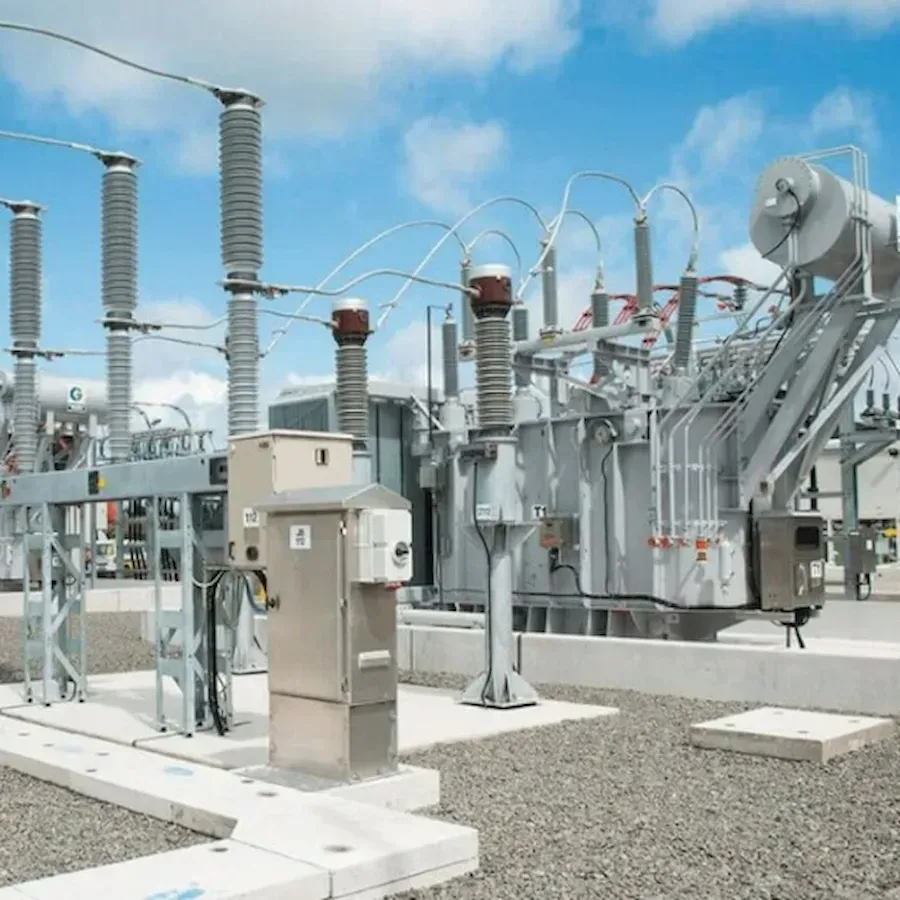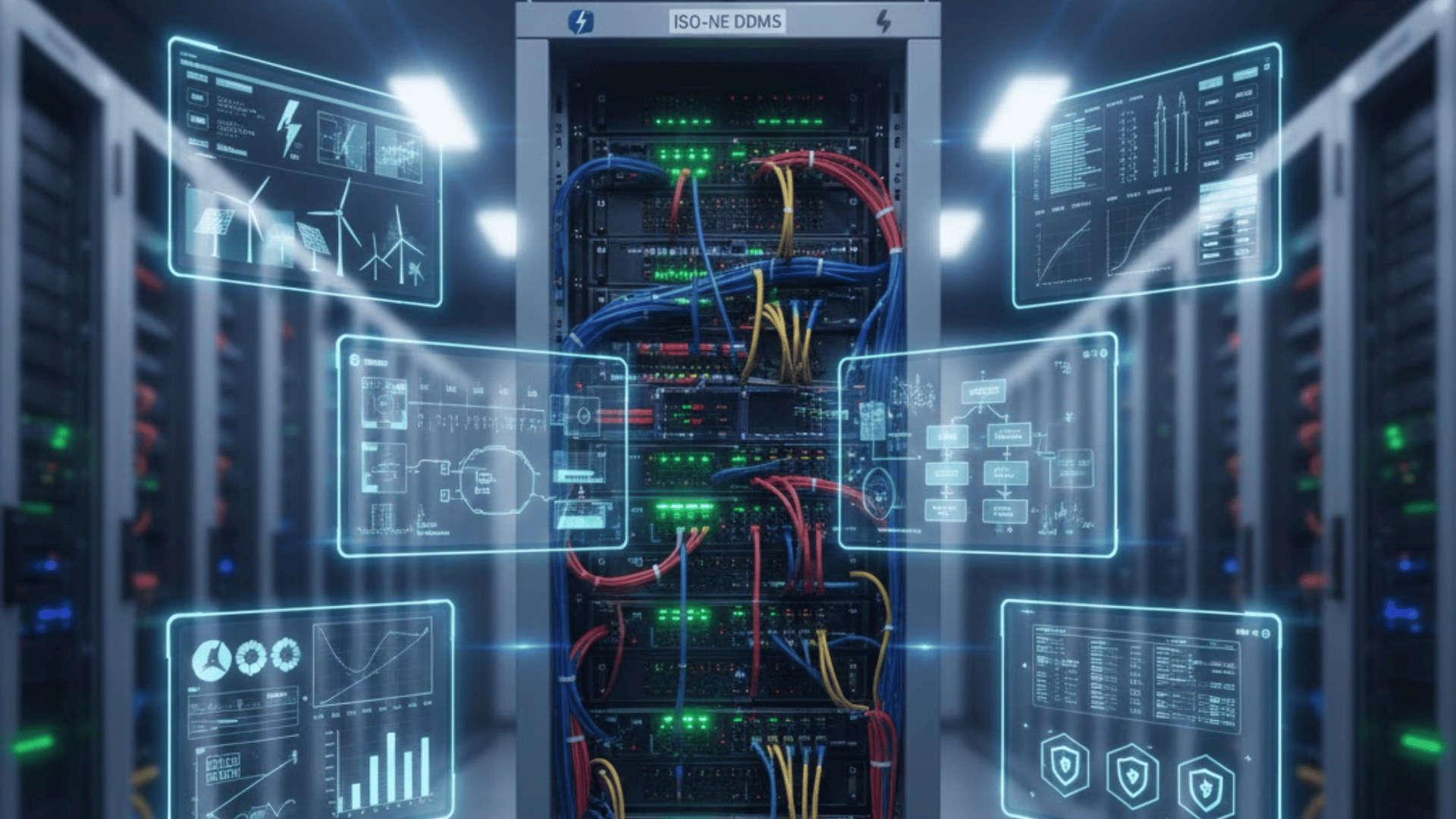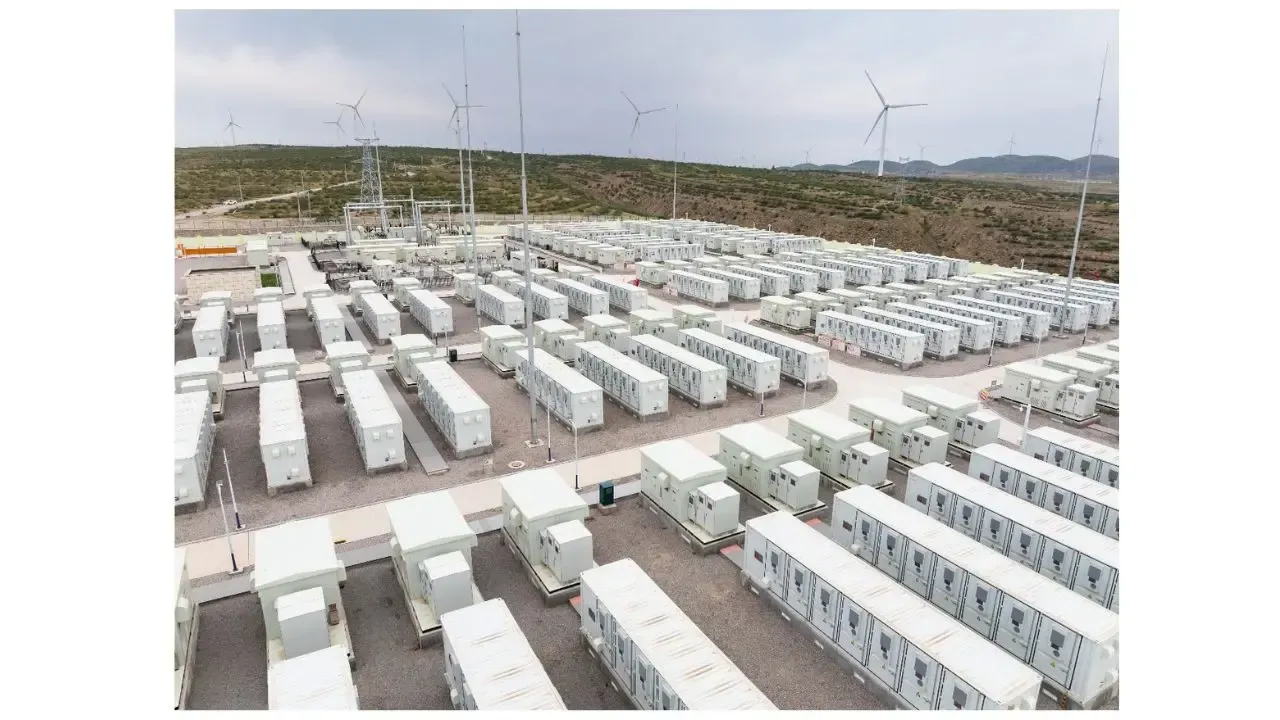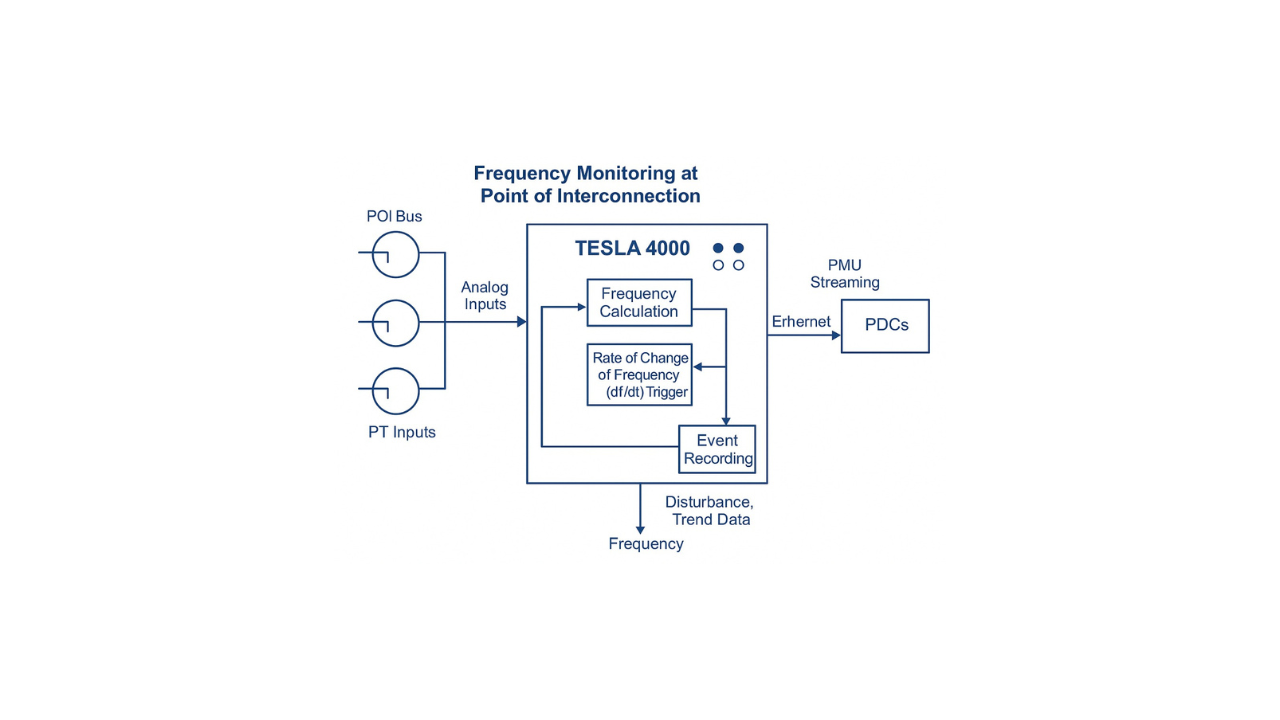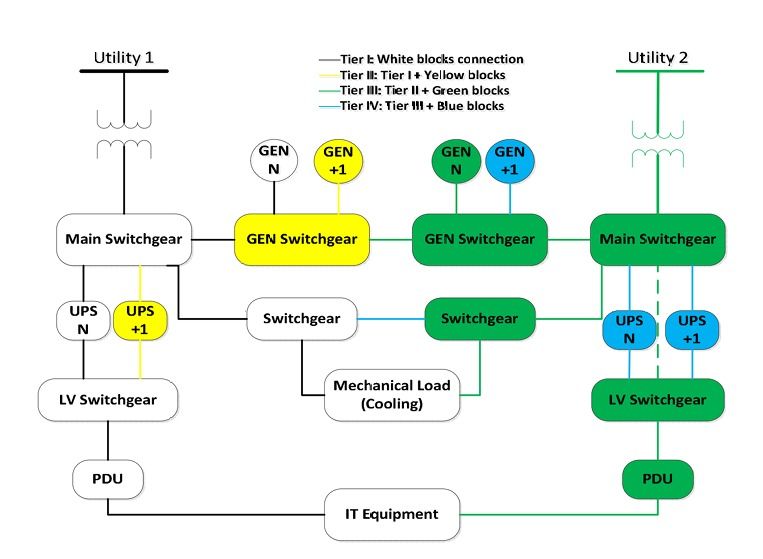A Coordinated Electric System Interconnection Review—the utility’s deep-dive on technical and cost impacts of your project.
What Do PRC-002-5 and PRC-028-1 Mean for Generator Owners & Transmission Owners?
May 9, 2025 | Blog
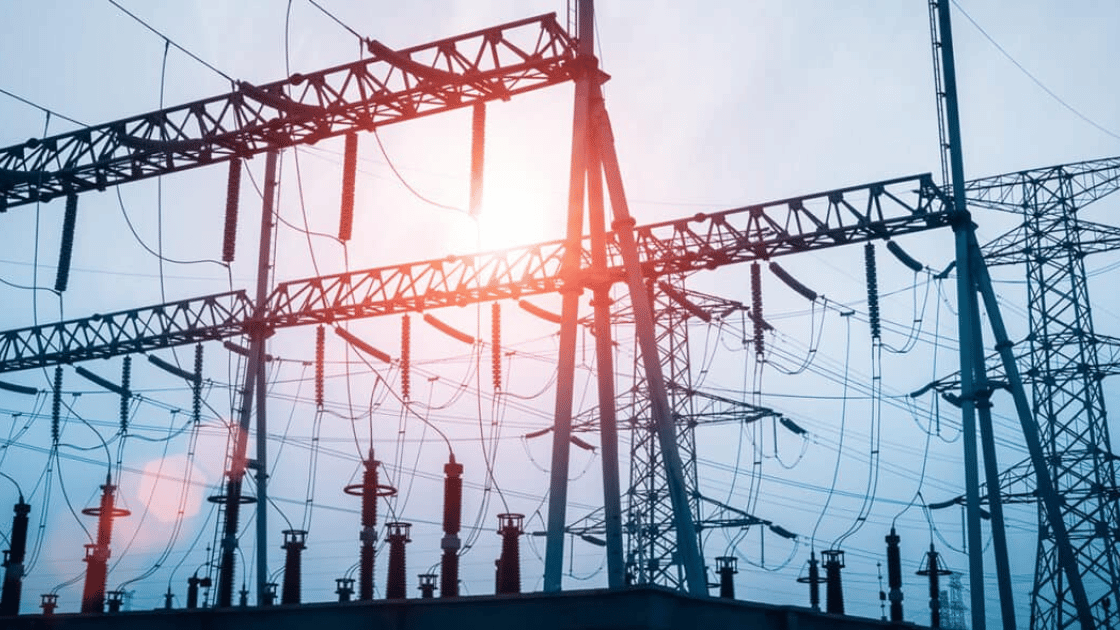
As the power grid evolves with a growing reliance on inverter-based resources (IBRs), so too must the standards that safeguard reliability. At Keentel Engineering, we’re at the forefront of supporting Generator Owners (GOs) and Transmission Owners (TOs) in navigating compliance with the latest NERC reliability standards—PRC-002-5 and PRC-028-1.
These standards redefine how disturbance monitoring and reporting must be implemented for both conventional and inverter-based power systems. This article breaks down what these changes mean, implementation timelines, and how Keentel can help utilities and developers achieve compliance with confidence.
Overview of the Standards
PRC-002-5 – Disturbance Monitoring and Reporting Requirements
This version updates PRC-002-4 and clarifies that it excludes Inverter-Based Resources (IBRs).
Applies to BES Generator Owners and Transmission Owners.
Focuses on traditional synchronous resource disturbance monitoring.
PRC-028-1 – Disturbance Monitoring and Reporting for Inverter-Based Resources
A new standard tailored to BES and non-BES IBRs.
Applies to GOs and TOs with facilities involving IBRs at or above certain thresholds.
Introduces graduated implementation timelines based on commercial operation dates.
Why the Change?
The previous version of PRC-002 was not fully suited for inverter-based technologies. With PRC-028-1, NERC ensures that IBRs—such as solar, wind, and battery storage systems—are properly monitored for system events. This change supports:
- Better situational awareness during disturbances.
- Improved system event diagnostics.
- Harmonization of compliance across legacy and new generation resources.
Key Implementation Timelines
PRC-002-5
- Effective Date: First day of the first calendar quarter after regulatory approval or NERC Board adoption.
- No major procurement changes required—focuses on exclusion of IBRs.
PRC-028-1
Implementation is phased and depends on asset type and operational status:
- For BES IBRs (Bulk Electric System):
- In operation before effective date: 50% compliance with R1–R7 in 3 years; 100% compliance by Jan 1, 2030.
- New BES IBRs post-effective date: Compliance required within 15 months or by the commercial operation date (COD), whichever is later.
- For Non-BES IBRs:
- Must meet 20 MVA aggregate and be connected at ≥60 kV.
- In operation before May 2026: 100% compliance by Jan 1, 2030.
- COD after May 2026: 15 months post-COD or effective date.
- Requirement R8: Must be met within 9 months (BES) or by April 1, 2027 (non-BES).
What Does This Mean for You?
Many GOs and TOs will need to:
- Install or upgrade disturbance monitoring equipment (DME).
- Coordinate outages to complete installations.
- Prepare for long lead times due to vendor and engineering resource constraints.
- Stay proactive in planning for the upcoming IBR registration deadline (May 2026).
How Keentel Engineering Can Help
Keentel Engineering offers turnkey solutions to help you comply with PRC-002-5 and PRC-028-1:
✅ Assessment of Existing Infrastructure
✅ Disturbance Monitoring Equipment Specification and Procurement
✅ Engineering Design for Fault, SOE, and Dynamic Recorders
✅ Outage Planning and Project Management
✅ Documentation and Audit-Ready Compliance Packages
Whether you operate legacy gas units, BESS, wind farms, or solar PV systems—our team ensures your monitoring strategy is compliant and future-proof.
Learn more on our Power System Studies page.
FAQs – PRC-002-5 and PRC-028-1 Compliance
What’s the difference between PRC-002-5 and PRC-028-1?
PRC-002-5 applies to synchronous generation; PRC-028-1 is specific to IBRs like solar, wind, and battery systems.
Do all IBRs need to comply with PRC-028-1?
Only BES and qualifying non-BES IBRs above 20 MVA connected at ≥60 kV.
What is considered a BES IBR?
One that meets the NERC definition of Bulk Electric System.
Are battery energy storage systems included?
Yes, if they meet the BES or non-BES capacity and voltage thresholds.
What disturbance monitoring equipment is required?
Typically includes sequence of events recorders (SOER), fault recorders (DFR), and dynamic disturbance recorders (DDR).
Do I need to upgrade existing equipment?
Possibly, if current devices don’t meet the new standard’s requirements.
How do I know if I’m a registered GO or TO?
Your NERC registration status defines your obligations—check with your Regional Entity.
What if I can’t meet the deadline?
You can request a compliance extension with proper justification.
Is there a penalty for missing the compliance date?
Yes, non-compliance may trigger enforcement actions by NERC or your Regional Entity.
What is R8 in PRC-028-1?
It addresses retention and retrieval of DME data; it must be implemented faster than other requirements.
What if I have only one BES IBR?
You still must comply with R1–R7 within 3 years of the standard’s effective date.
Can I use third-party engineering firms for compliance support?
Absolutely—and Keentel Engineering is a trusted NERC compliance partner.
How are outages handled for DME upgrades?
Planned and scheduled as part of implementation; this is factored into the standard’s timeline.
What documents do I need to show compliance?
Engineering drawings, commissioning records, settings, and test data—all of which we help prepare.
Who enforces these standards?
NERC and its delegated Regional Entities (like SERC, WECC, etc.).
📞 Need help preparing your assets for PRC-002-5 and PRC-028-1?
Describe the item or answer the question so that site visitors who are interested get more information. You can emphasize this text with bullets, italics or bold, and add links.
📞 Need help preparing your assets for PRC-002-5 and PRC-028-1?
Contact us via our contact page or call 813-389-9781 for a free consultation and compliance readiness assessment.

About the Author:
Sonny Patel P.E. EC
IEEE Senior Member
In 1995, Sandip (Sonny) R. Patel earned his Electrical Engineering degree from the University of Illinois, specializing in Electrical Engineering . But degrees don’t build legacies—action does. For three decades, he’s been shaping the future of engineering, not just as a licensed Professional Engineer across multiple states (Florida, California, New York, West Virginia, and Minnesota), but as a doer. A builder. A leader. Not just an engineer. A Licensed Electrical Contractor in Florida with an Unlimited EC license. Not just an executive. The founder and CEO of KEENTEL LLC—where expertise meets execution. Three decades. Multiple states. Endless impact.
Services

Let's Discuss Your Project
Let's book a call to discuss your electrical engineering project that we can help you with.

About the Author:
Sonny Patel P.E. EC
IEEE Senior Member
In 1995, Sandip (Sonny) R. Patel earned his Electrical Engineering degree from the University of Illinois, specializing in Electrical Engineering . But degrees don’t build legacies—action does. For three decades, he’s been shaping the future of engineering, not just as a licensed Professional Engineer across multiple states (Florida, California, New York, West Virginia, and Minnesota), but as a doer. A builder. A leader. Not just an engineer. A Licensed Electrical Contractor in Florida with an Unlimited EC license. Not just an executive. The founder and CEO of KEENTEL LLC—where expertise meets execution. Three decades. Multiple states. Endless impact.
Leave a Comment
We will get back to you as soon as possible.
Please try again later.
Related Posts


